How To Make Lard
This post may contain affiliate links. See my disclosure policy.
A step by step tutorial on how to render fat into lard and the benefits of using it! Learn about the myths surrounding lard and animal fats, the history behind the industry, and how to make lard, store it, and use it!
Use this lard to make the BEST EVER Buttermilk Biscuits and the ultimate Lard Pie Crust!
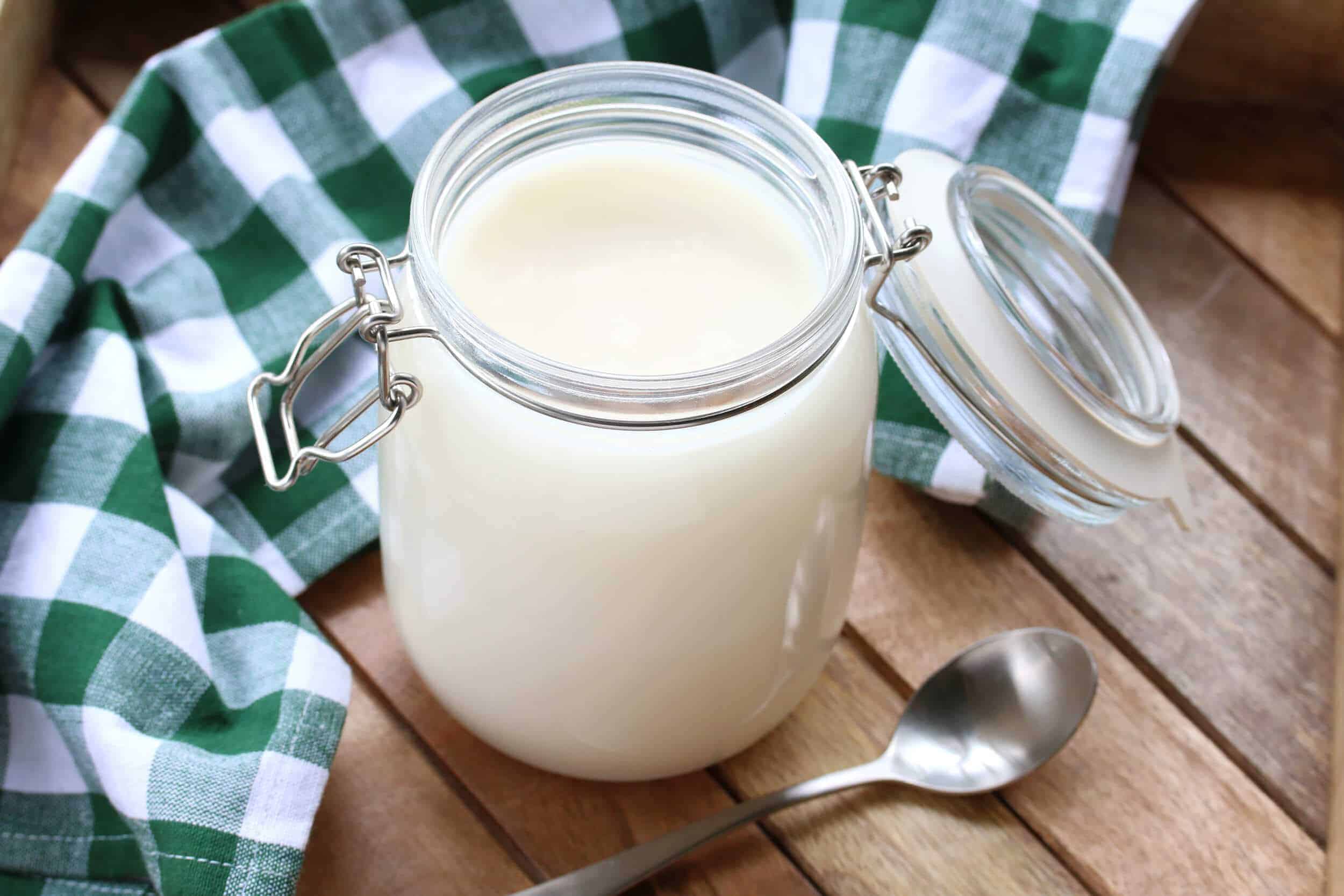
Why We Stopped Using Lard (For All the Wrong Reasons)
Chances are the vast majority of people reading the title and looking at this bottle of lard will have a negative reaction. What will follow is the pronouncement of a string of health conditions that through decades of medical myths have come to be associated with eating lard. In the meantime our ancestors are shaking their heads, “our average lifespan was as long as yours and we didn’t have nearly the number of health conditions as you do today.”
So what happened? What caused us to so vehemently reject one of our ancestors’ most basic food staples?
I won’t attempt to give you all the reasons but I’ll provide a really good starting point. Where: The USA. When: Early 1900’s. Who: Proctor & Gamble.
They had a booming business producing cotton. Which, by the way, is not considered a food crop by the FDA. (That’s important. Keep reading.) But there was this unwanted portion of the cotton plant – cottonseed – that they couldn’t do anything with. And they had lots and lots of it. So they put their heads together to come up with something they could do with cottonseed in order to profit from it. Drumroll…They discovered a method of intense processing that enabled them to extract oil from the cottonseed – and at virtually zero expense to them! But they found the oil was unstable at room temperature and turned easily rancid. Enter Hydrogenation. They figured out that hydrogenating the stuff made it stable and last a long time. And here comes the “What”: The end result was an oil that looked like lard. They called it Crisco.
An issue of Popular Science summed it up this way: “What was garbage in 1860 was fertilizer in 1870, cattle feed in 1880, and table food and many things else in 1890.” And it changed the way we thought about food and the way we ate for generations. The legacy of the anti-lard and butter mindset it established still continues today.
Did you know that more marketing dollars were spent on making Crisco a success than any other marketing endeavor up to that point in history? What ensued from that point on can only be summed up as one of the greatest, most widespread and most misfortunate health scandals of all time with health consequences were are still reaping.
On the one hand, while Crisco was being marketed as cheaper and “healthier” than lard or butter, simultaneously marketing dollars were spent labelling butter and lard as intrinsically “bad.” They even gave away free cookbooks with every purchase of Crisco. And of course you can guess which ingredient replaced everything that normally would have called for butter or lard.
With so much marketing wealth and power behind the effort, it took only a few years to turn an entire nation away from the source of fat that had been used for centuries by their ancestors. And it was successfully labeled as hazardous to our health. Oh, the sad irony.
Decades later, when illnesses began mounting to the point where the statistics could no longer be ignored, the statement was finally released that hydrogenated oils are bad for you. But the fat phobia continued as did the manufacturing of substitute oils.
One such oil: Canola. Guess where canola oil comes from? (Hint: No, it’s not the canola plant. There’s no such thing per se. The “canola” plant was developed in the 1970’s and is nothing more than a modified, cross-bred version of the rapeseed plant.) The name is the shortened version of “Canada oil low acid” and comes from rapeseed. Another non-food crop. Here’s a little history on rapeseed oil: During WWII, rapeseed oil was used on naval ships as a lubricant. When the war ended, there was so much farmland in Canada already dedicated to growing rapeseed that they wanted to find other uses for it so they could continue pulling a profit. The problem with rapeseed oil: It’s such a terribly foul-tasting and rancid-smelling oil that it isn’t fit for human consumption. And so they spent the next few decades until the 1970’s working out a way to make it edible. That process requires heavy refining, bleaching and deodorizing using harsh chemicals (as far from “natural” as it gets) to finally yield the neutral-tasting, odorless oil that now sits on grocery store shelves bearing the American Heart Association’s seal of approval.
Fast forward to today: Almost all processed and pre-packaged foods – everything from chips and breakfast cereal to canned soups and salad dressings – are made with either canola, cottonseed, soybean/vegetable or corn oil. Why? Because they’re cheap to produce. And because we’re still in this mindset that they’re somehow better for you than lard or butter. (For more info on why soybean/vegetable and corn oil (and several others) are so bad for you, see this article for an explanation).
Well, we’ve come full circle. Medical research over the past several years has continued to confirm that fat is not the devil it’s been made out to be and that it is not the root cause of cardiovascular disease. Medical literature is finally starting to reflect this as are many health professionals in their medical advice. However, the notion that fat is bad has been so deeply engrained in our culture and medical philosophy for so long that it’s going to take some time before we’ve all caught up to the facts. Even many health professionals are still stuck in that archaic mindset, though we’re slowly starting to see the rhetoric change.
Our ancestors had it right after all.
My philosophy and approach to diet is a simple one and echoes centuries of wisdom: 1) Eat real, whole foods as close to their natural state as possible and 2) eat things in moderation.
So that brings us back to lard. It’s a fully natural, whole food. It can be made in your own kitchen without any special equipment and the process couldn’t be simpler: Melt it. Strain it. Use it. And I’ll show you all the steps you need to make your own lard.
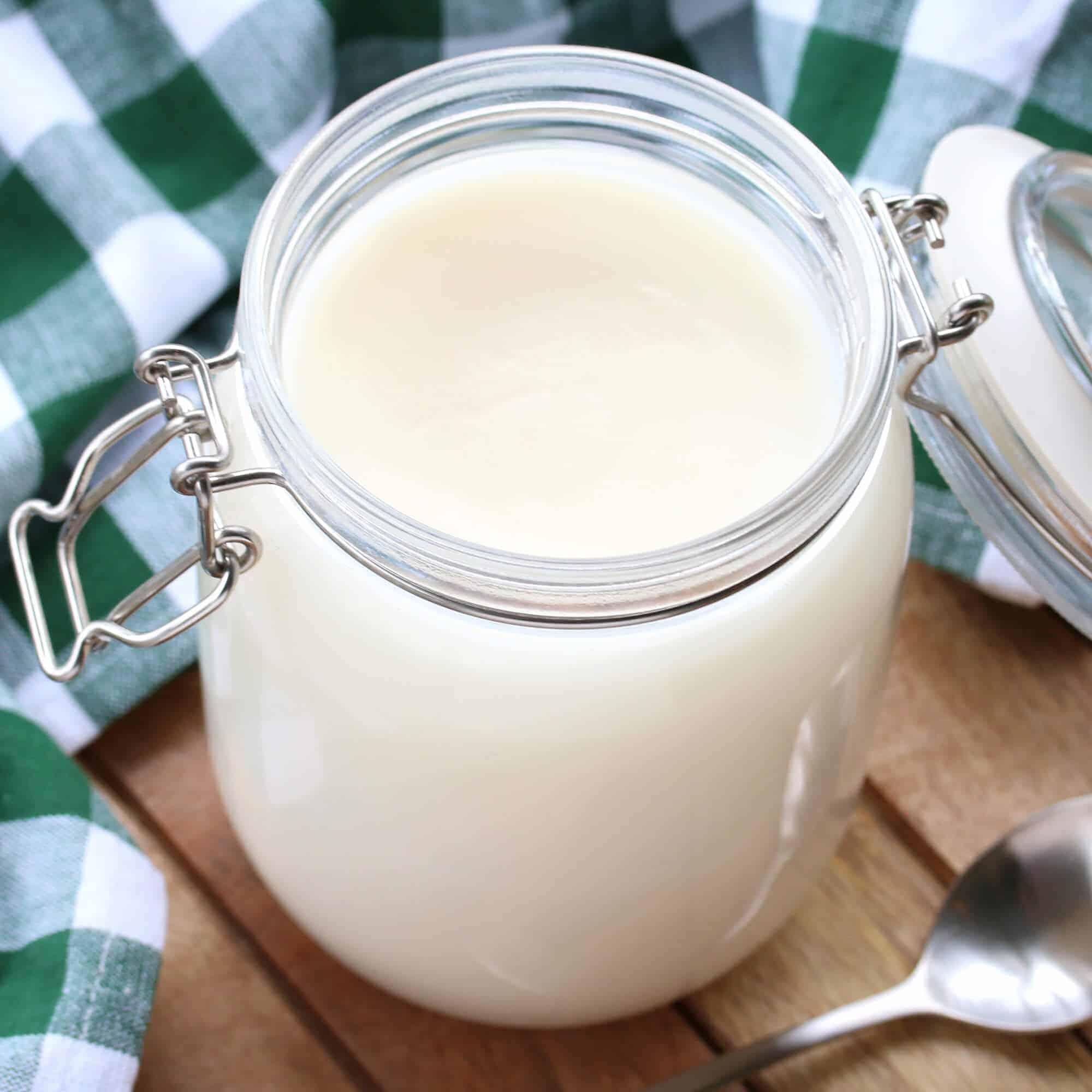
Benefits of Lard
Lard has several advantages over other oils/fats, one of them being that it, along with beef tallow, has one of the highest smoke points. That means it doesn’t oxidize when you heat it (oxidization = cancer). So lard is ideal for high heat cooking (i.e., anything above a light sauté).
Lard also has a high melting point making it the best choice for extra flaky pie crusts and pastries (beef tallow even more so – we’ll be addressing tallow next time.) Get ready to really experience the old-fashioned taste of yesteryear and what made grandma’s baking so famous.
Lastly, it tastes awesome! Get ready to make the best fried chicken, crispy hash browns and just about anything you want to taste just that much better.
Finally, it has health benefits. That’s right, lard is a good thing. To read about its health benefits along with several other reasons to use lard, check out this article: Top 10 Reasons To Bring Lard Back.
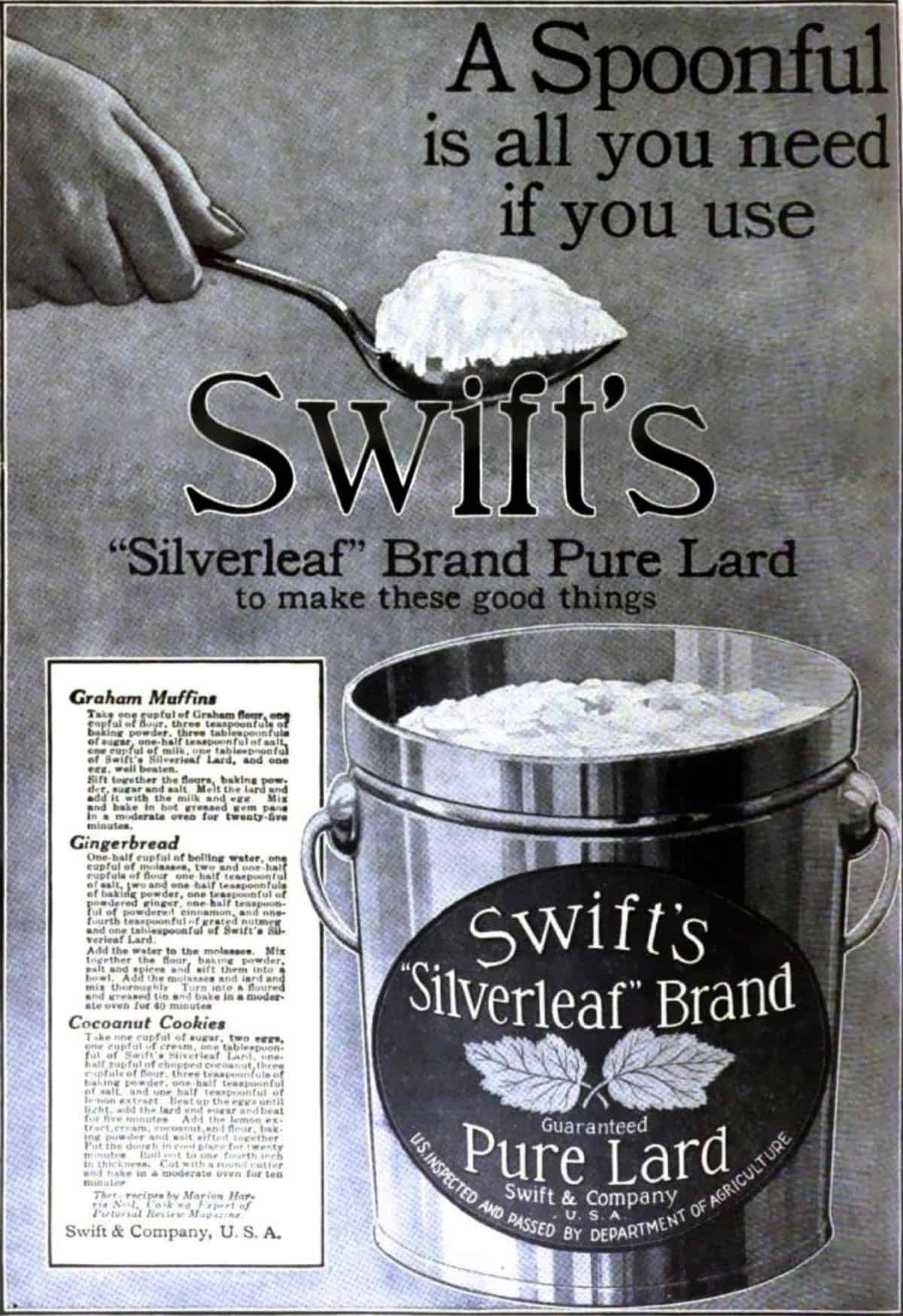
Types of Fat from a Pig
Belly Fat: This is what’s used in the U.S. to make bacon (in the UK it’s known as streaky bacon). As its name suggests, it comes from the belly of the pig and has layers of fat and meat. Pork belly has become popular in recent years in a variety of cuisine. You typically wouldn’t render the belly into lard because there is too much meat attached.
Fatback: This comes from the back of the pig, includes the shoulder and rump areas, and is the thick layer of fat directly underneath the skin. Once rendered it produces a lard that’s slightly yellow in color and it has a stronger pork odor and flavor than leaf fat (see below). It’s great for frying or sauteing. Fatback is also what’s used in sausage-making.
Leaf Fat: This is the fat from around the pig’s kidney’s and, like beef leaf fat, is the “cleanest” fat on the pig. It’s also the healthiest. Once rendered it produces a lard that’s white in color with a milder odor and flavor, making it ideal for use in pie crusts and pastries.
**NOTE: The health benefits of lard apply only to pasture-raised pork. Fat is where a lot of the bad stuff is stored and concentrated (ie, chemicals, additives, by-products of junk ingredients, etc) and for that reason we strongly recommend only using fat from pasture-raised pigs. Avoid fat from commercially raised pigs.
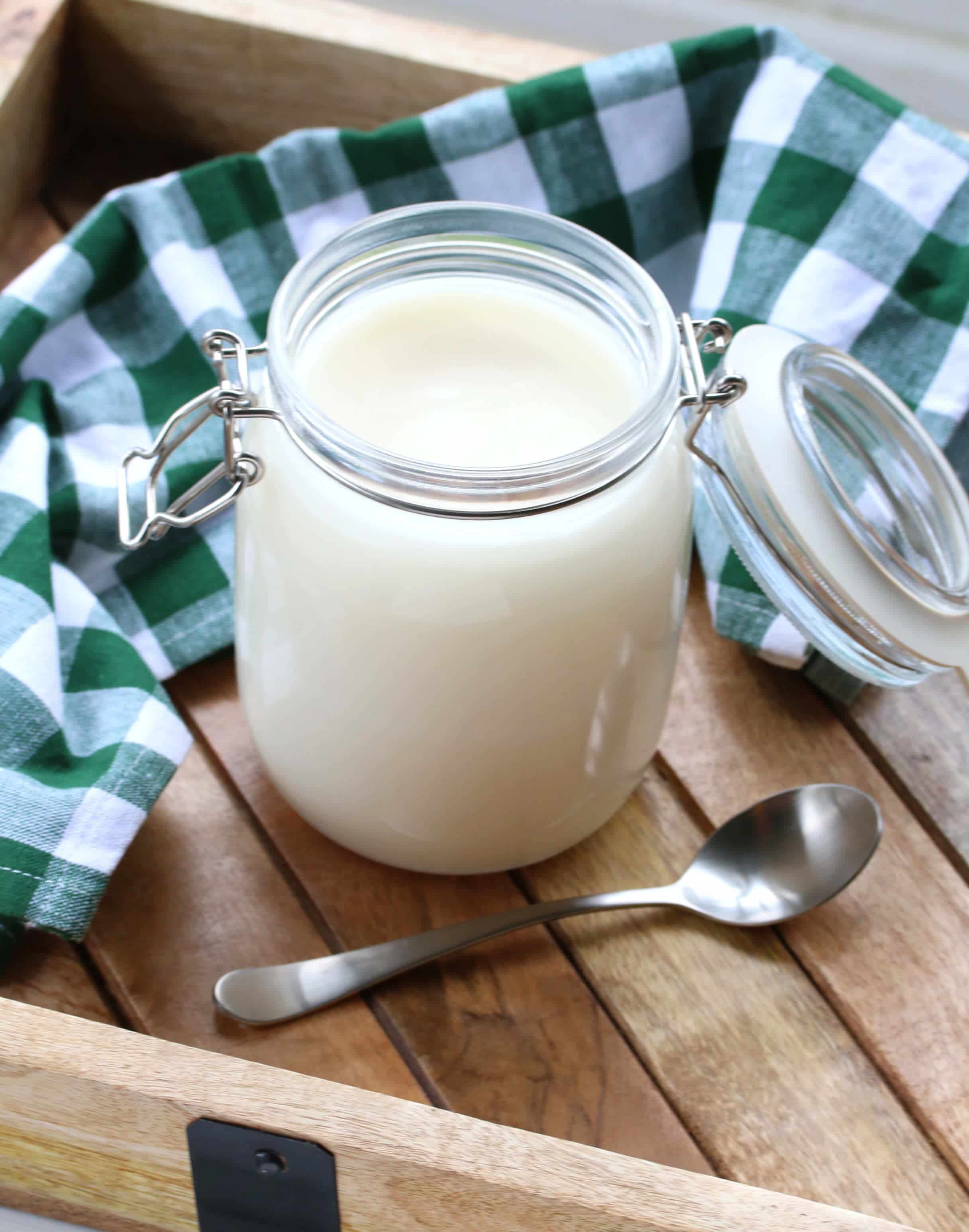
How to Store Lard
Lard was used and stored for centuries before refrigeration was invented. It will keep at room temperature for a long time (traditionally many kept it for up to a year). Nevertheless, today most recommend storing it in the fridge. It’s your call. In the fridge it will keep for at least 6 months and up to a year also and many say it’s less likely to get rancid in the fridge. I’ve heard of many people keeping it for even longer than a year in the fridge. Lard can be kept almost indefinitely and what determines if it’s still good is its smell: If it starts smelling rancid, throw it out and make another batch.
For longer storage lard can also be frozen. Freeze it in bars, in cubes, in tablespoon amounts, in tubs (slicing off what you need, no need to thaw), whatever you prefer. Lard can also be frozen in glass jars once the fat has solidified at room temperature.
It is best to only freeze it once though, not thaw and re-freeze.
Shelf Stability
Homemade rendered lard is very shelf stable. The process of rendering it removes excess water and other impurities, thus preserving the fat and keeping it from spoiling.
Is Lard Pasteurized?
Because lard is a pure fat and does not contain enough water to support bacterial growth (i.e., causing spoilage) lard doesn’t need to be pasteurized.
A word of Caution
If you choose to buy lard rather than render it yourself, be very careful about the lard you find in stores. Many of them are hydrogenated and many also contain large amounts of highly toxic benzene derivatives known as BHA and BHT. Avoid these. Plus, making it yourself is MUCH cheaper than buying it. Most “clean” commercial lard on the market charge more than $20 per pound. I’m able to make more than six times that amount for the same price!
If you have a local butcher you trust that makes lard from pasture-raised pigs, perfect. Otherwise I strongly recommend making it yourself, choosing fat pastured pigs that were raised responsibly. As noted earlier, fat is where a lot of the bad stuff is stored and concentrated (ie, chemicals, additives, by-products of junk ingredients, etc) and so it’s important to choose “clean” fat from pigs that were pasture-raised and avoid fat from commercially-raised pigs.
Three Ways to Render Fat
You can render lard in a heavy pot in the oven between 225-250 degrees F, on the stove top over low heat (start at “2” and once it begins melting turn it down to “1”) or in a slow cooker on LOW. Whichever method you choose, just remember that if you’re wanting a neutral flavor for using in pastries and pie crusts, cook it over very low heat, otherwise your lard will have a much stronger, “piggy” flavor (which is still fine for things like frying and sauteing where you want to add a little flavor boost).
Troubleshooting
Help, my lard has grown mold! Pure fat doesn’t grow mold, it goes rancid. So if there’s mold on it it’s because it wasn’t rendered long enough and/or it wasn’t strained properly. If there are any bits of meat or sediment left in the lard after rendering it, those will grow mold.
I’ve also heard some people recommend that if you’re going to store the lard in the fridge instead of at room temperature or freezing it, to cover it with cheesecloth or a tea towel and rubber band since a screwed on lid can trap moisture inside the jar.
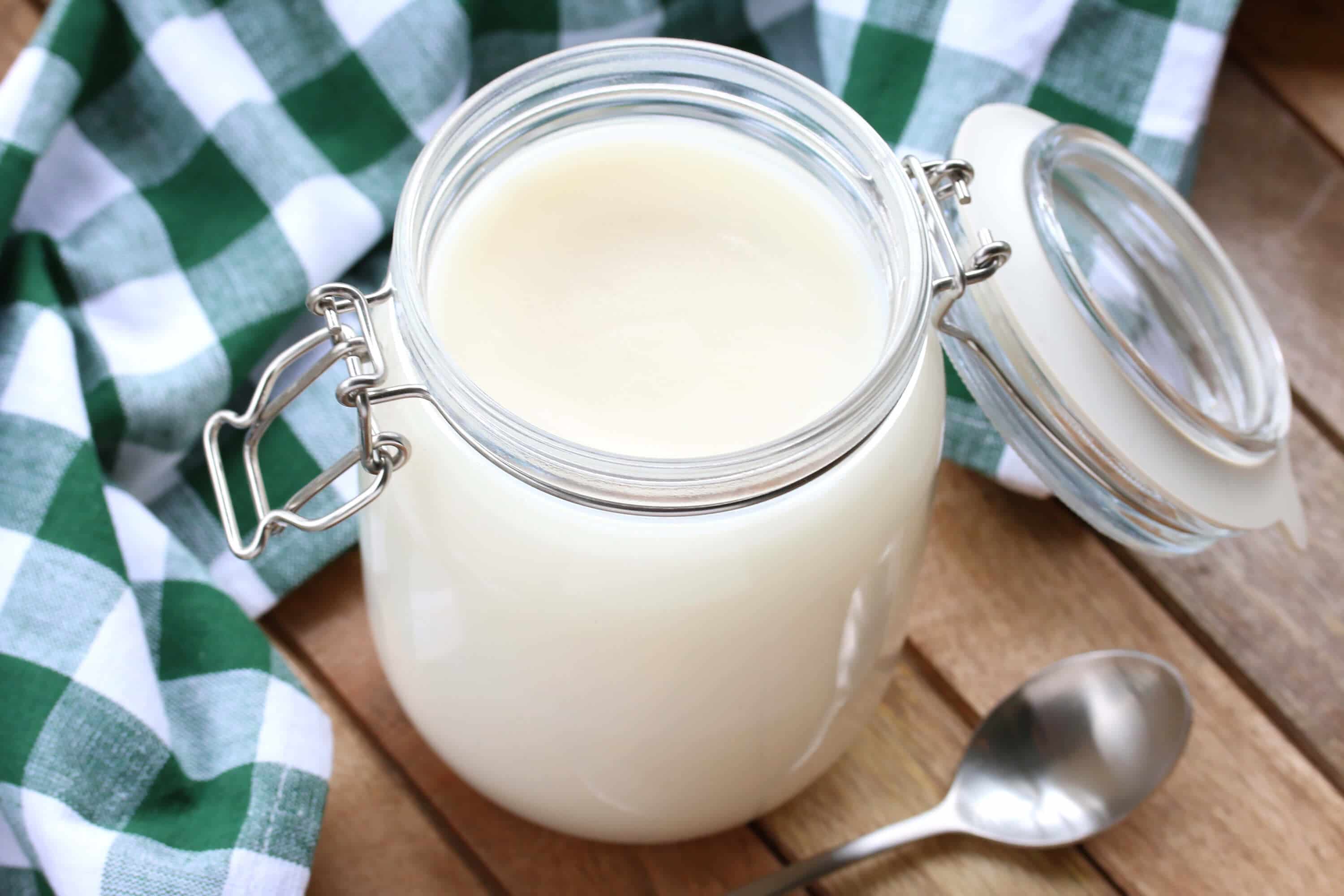
How to Make Lard
Let’s get started!
I’m using leaf fat for this. Referring to the section above about different kinds of fat.
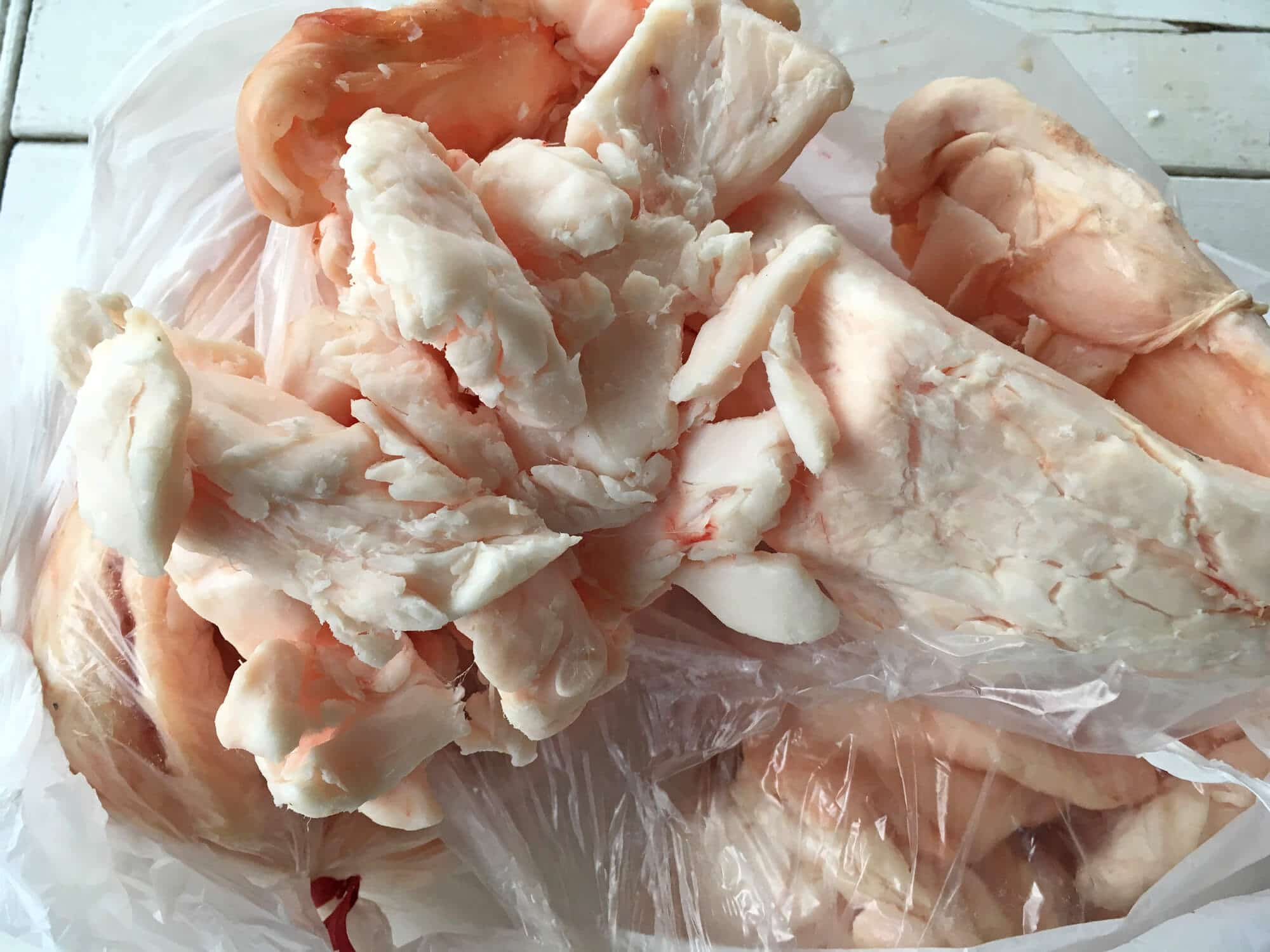
I highly recommend freezing the fat first because it makes the job of chopping the fat MUCH easier and cleaner!
Dice the fat as small as you can. The smaller you chop the pieces the quicker it will render and the more lard you will get out of it. (Note: I recommend chopping it smaller than the batch pictured below. That was my third batch that week and I was getting impatient.) **Also, if you have a friendly butcher who is willing to grind the lard for you, ask them. Alternatively you can freeze it and finely chop it in your food processor.
Place the fat in a slow cooker and set it to LOW.
If you’re melting it over the stovetop, place it in a heavy pot and set it to “2”. Once it begins melting set it to “1”. (Again, the key is cooking it over low heat to produce a beautifully clean and white lard with a neutral flavor.)
You can also render lard in the oven: Place it in a heavy pot (Dutch oven is perfect) and set the oven between 225-250 degrees F.
I leave the lid off to prevent water/moisture from building up, which can lead to spoiling. By leaving the lid off, any developing water/moisture will evaporate.
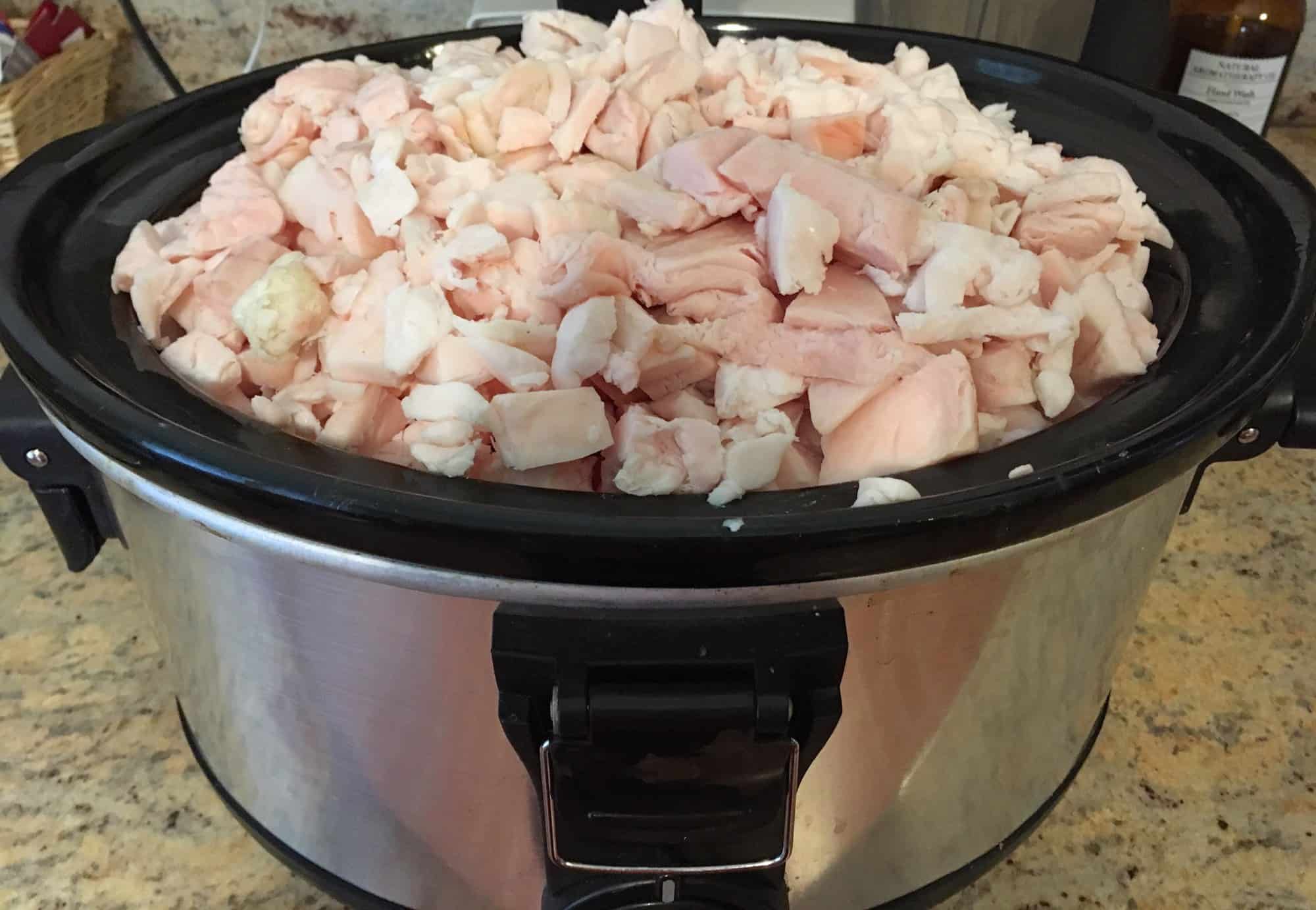
It will take several hours. The cracklings will soon sink down and then rise up again. Once they’ve risen again the lard is done. Another indicator that it’s done is that it will audibly crackle, gasp, and sigh!
If you over-cook it or allow it to burn on the edges, the lard will begin to brown and you’ll end up with a lard that has a stronger porky flavor. It’s still completely usable for things like frying and sauteing, it’s just not ideal for making sweet pastries and pie crusts.
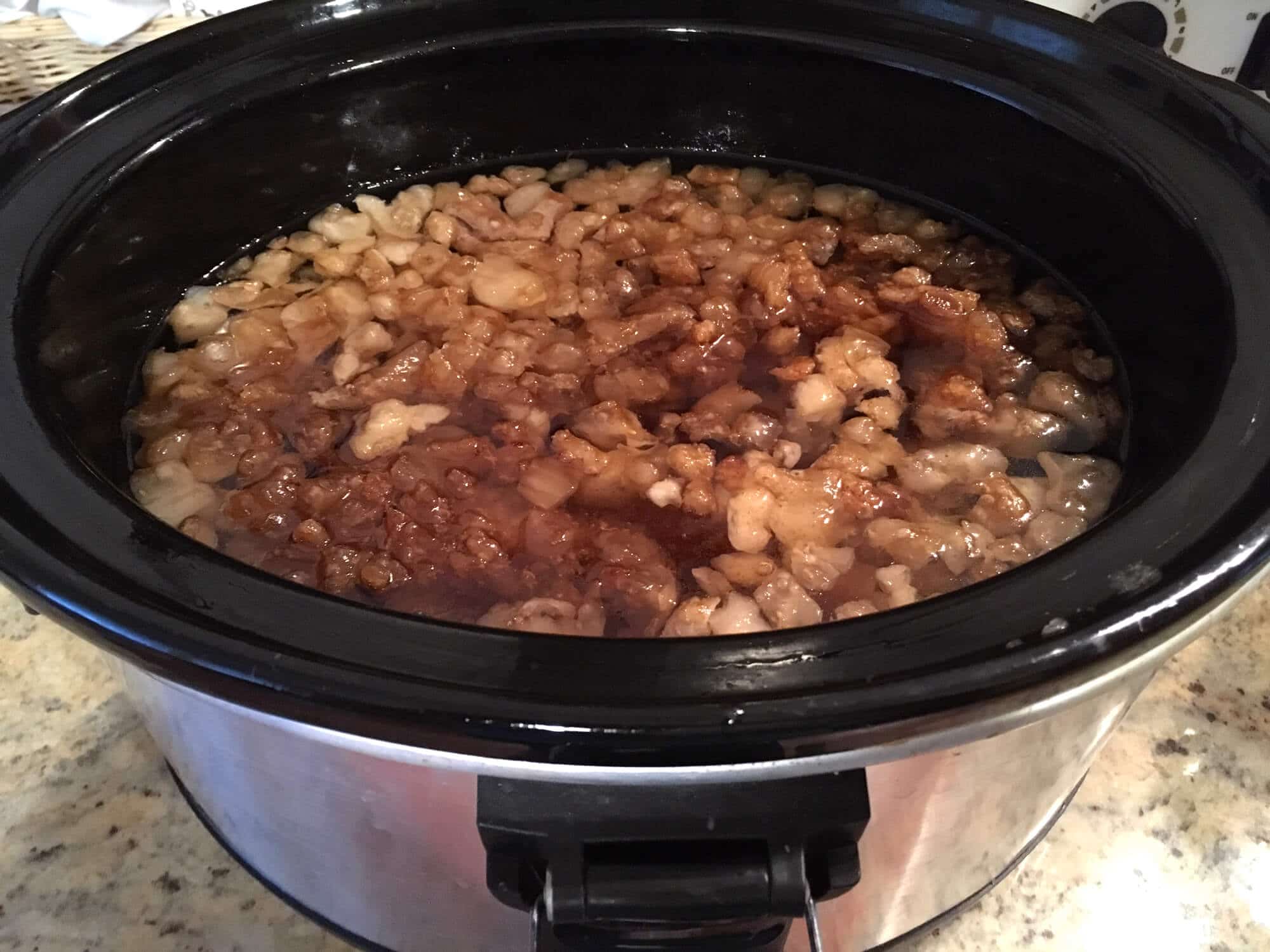
What to do with those sad, limp bits of pork fat? Turn them into crispy cracklings! Transfer them to a frying pan and fry until they’re puffy and crispy. If you want, add some seasonings. Eat them as a snack or sprinkle them over your salads.
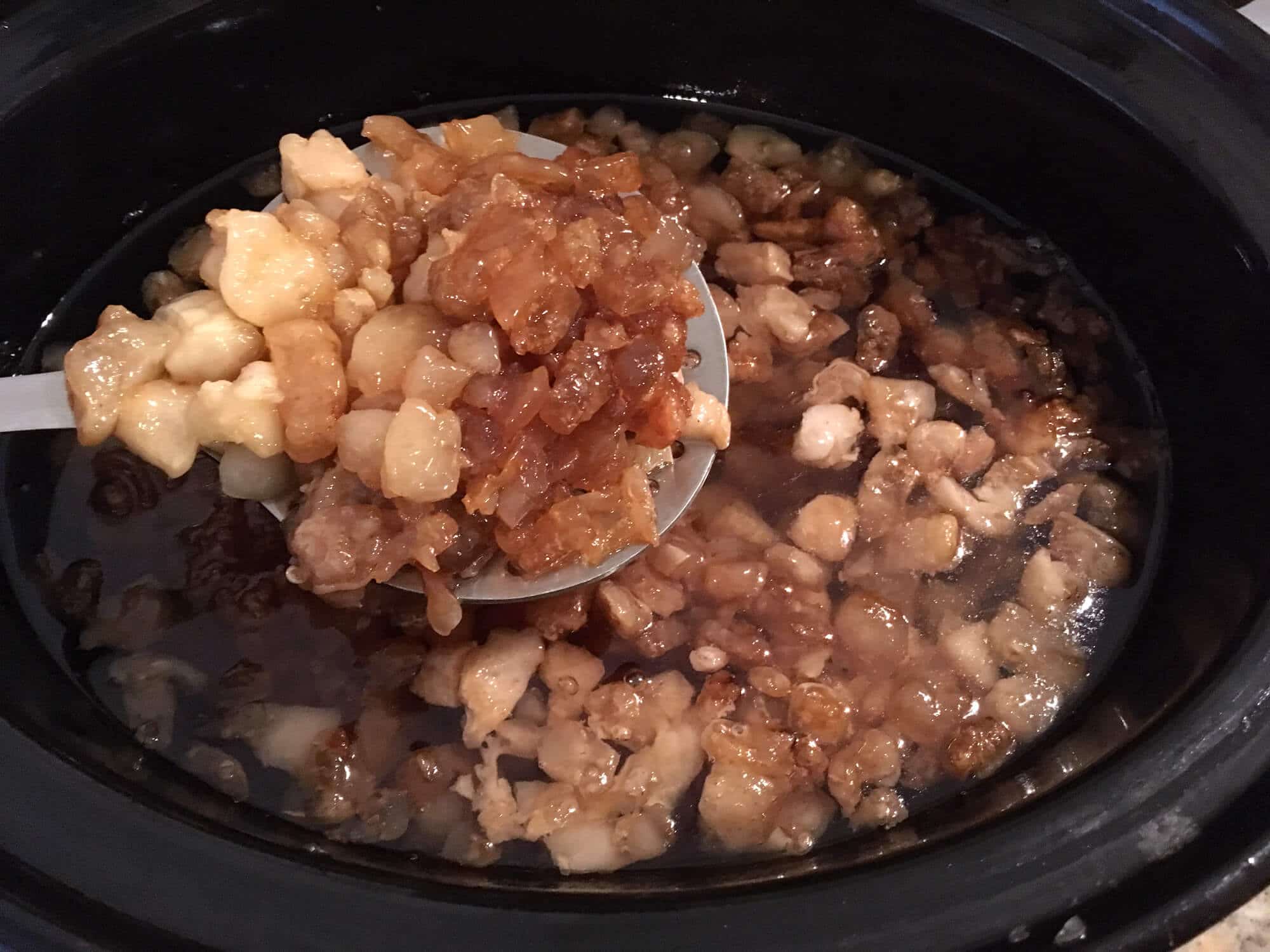
Strain it through a fine mesh colander to remove the cracklings. Then strain it again through 3 layers of cheesecloth to remove the remaining small bits and sediment.
It’s critical that you remove any bits of fat and gristle along with any tiny bits of sediment, otherwise your lard will get moldy. Pure fat doesn’t grow mold, it goes rancid. So if there’s mold on it it’s because it wasn’t rendered long enough to remove all the water and/or it wasn’t strained properly. So be sure to properly strain it.
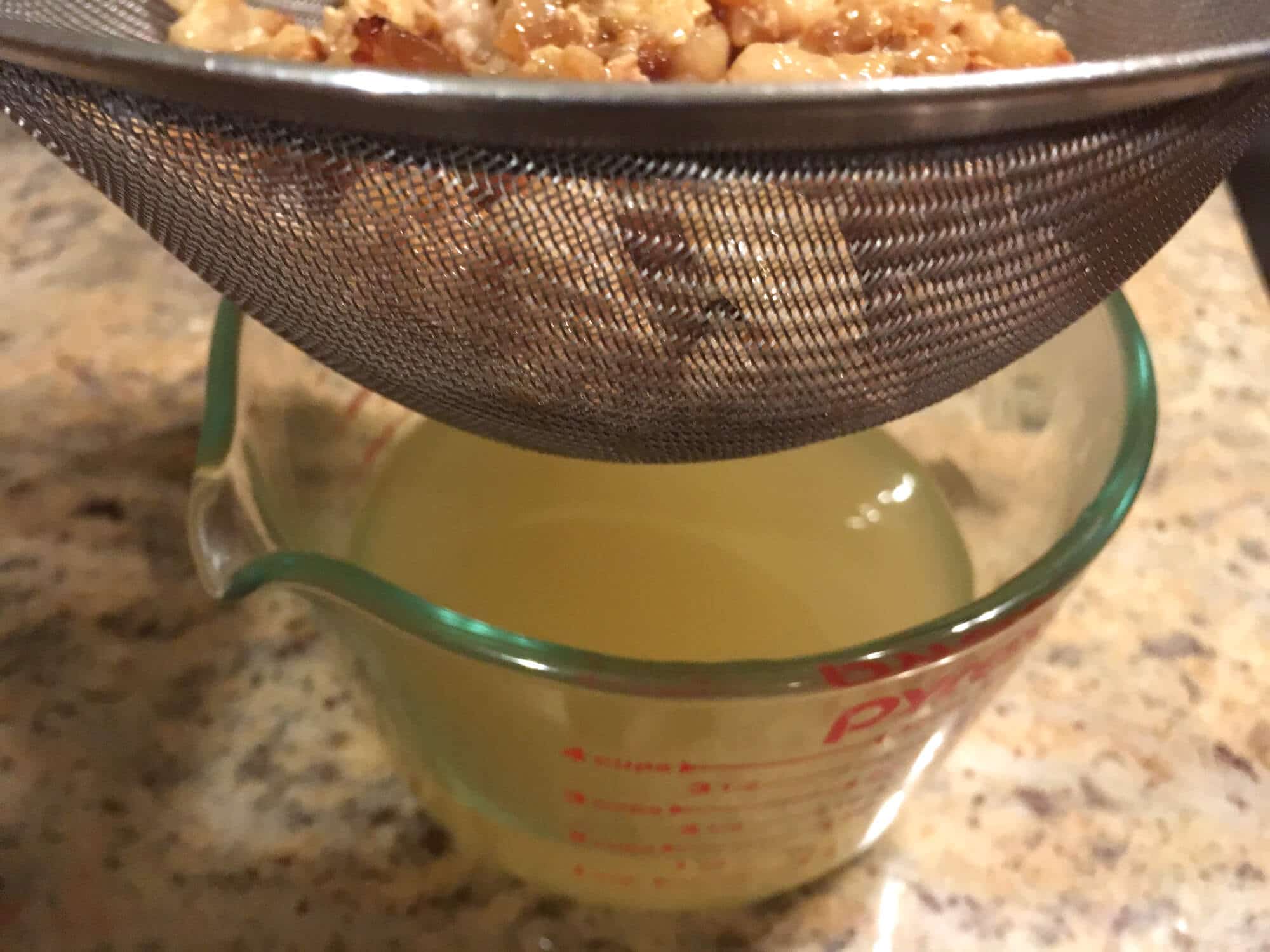
In its liquid state, the color of the lard will be like lemonade or apple juice. Once it cools and hardens it will become white.
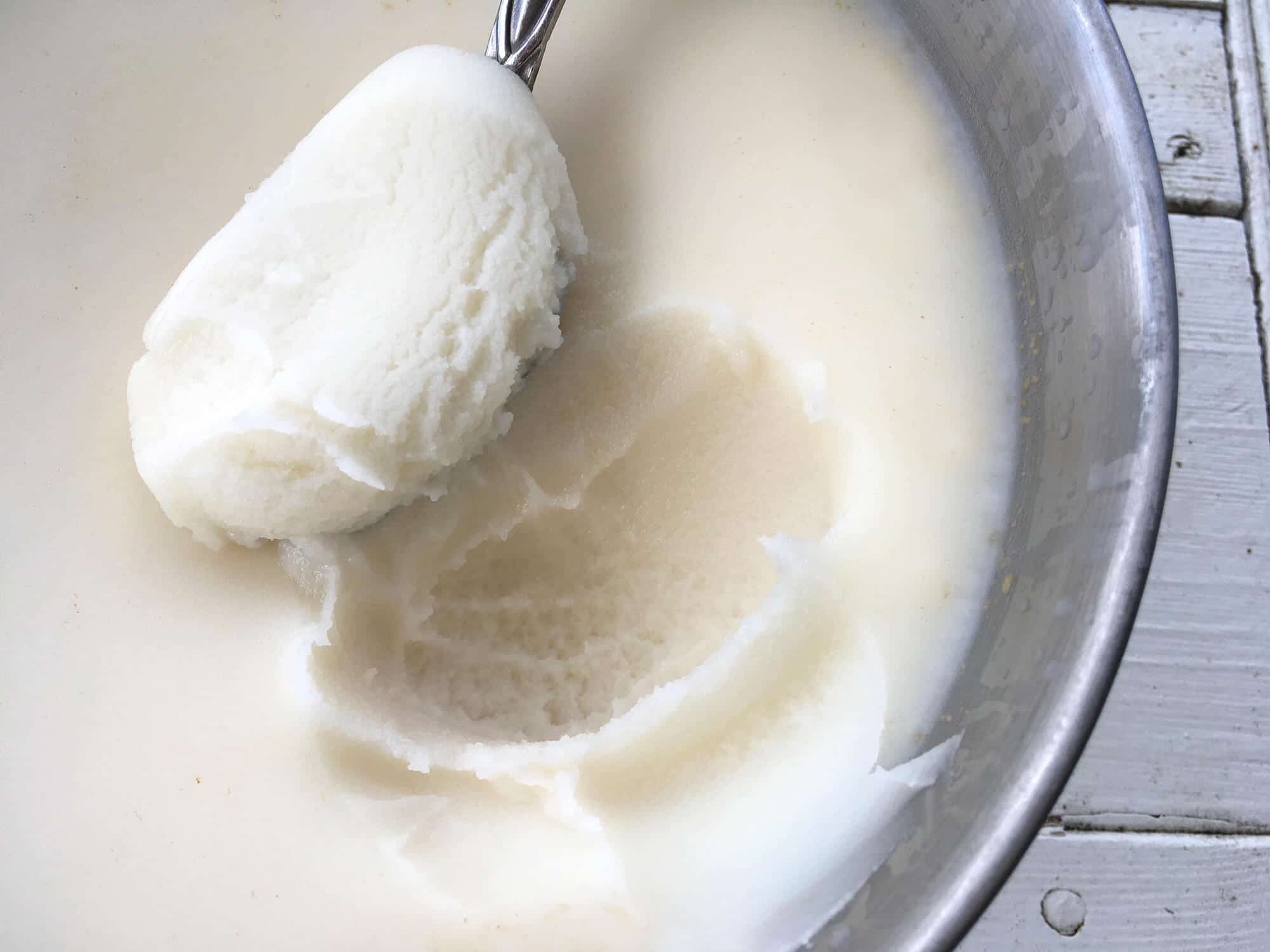
Place the melted lard in whatever container you want to keep it in long-term (preferably glass or, if that’s not available a non-reactive metal). Let it sit undisturbed at room temperature until it has to cooled down and is firm (it firms up pretty quickly).
For information on how to store lard, see the “How to Store Lard” section above.
Enjoy!
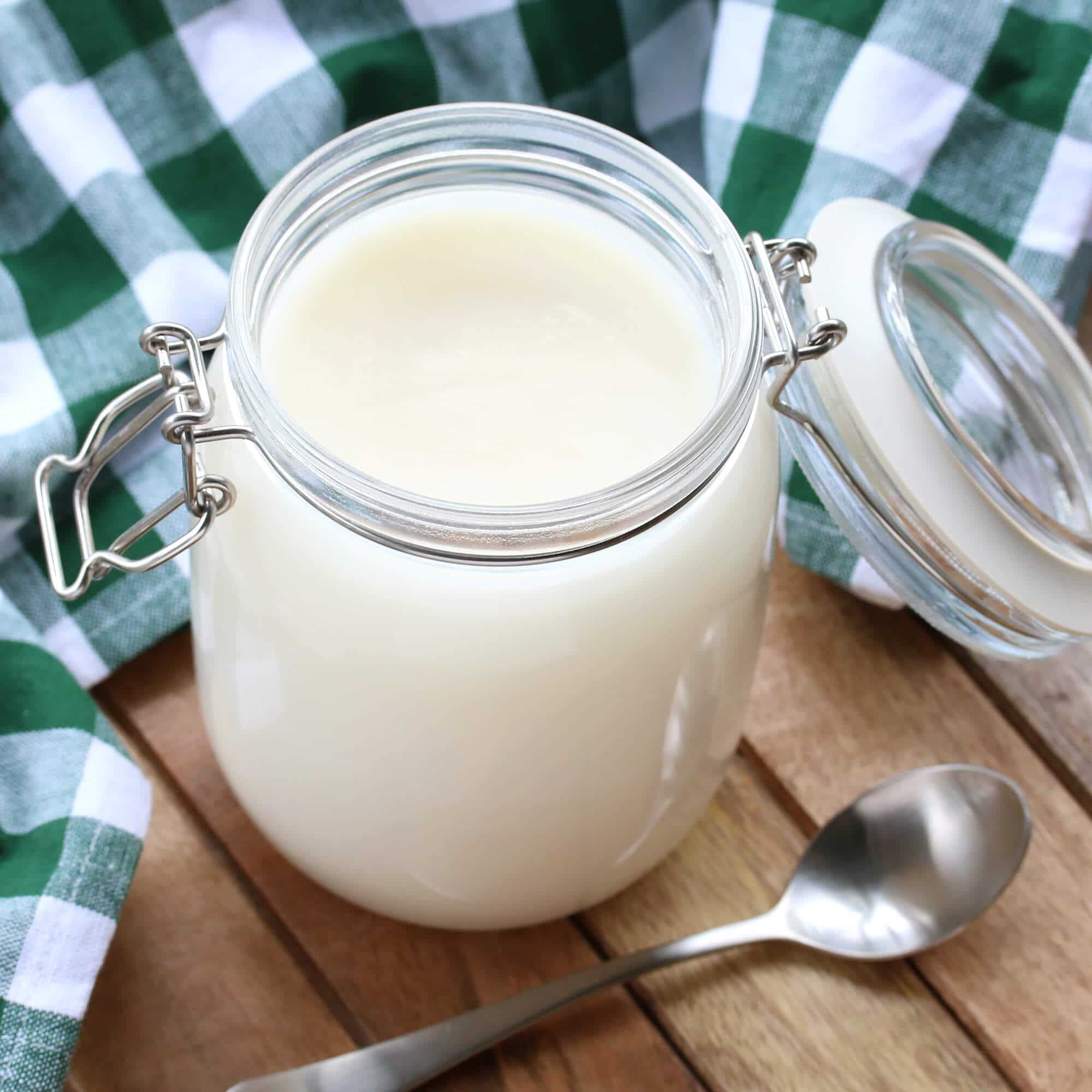
Be sure to also check out our tutorials on:
Save This Recipe
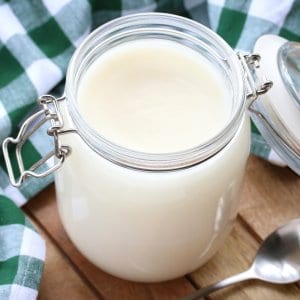
How To Make Lard
Ingredients
- 2 pounds leaf lard or fatback (depending on what you're using it forl; see blog post for description), diced as finely as you can (it's easiest to dice while frozen)
- NOTE: You can use this same method for beef tallow and other animal fats
Instructions
- This can be made in the slow cooker, in the oven, or on the stovetop. For the oven and stovetop method see the blog post tutorial above. Slow Cooker Method: Place the diced fat in the slow cooker and set it to LOW. Leave the lid off while to prevent moisture buildup which can lead to spoiling. It will generally take at least 3 hours, often more, for the fat to render, especially if you're making a larger batch or if the chunks are large. The pieces of fat will sink down to the bottom and then rise up again after a few hours, indicating that the they are done rendering. Be careful not to over-cook the lard or allow the edges to burn or you'll end up with lard that has a stronger pork flavor (though still usable for frying savory things, just not ideal for sweet pastries and pie crusts). Strain the rendered lard through a fine mesh colander and discard the chunks (these can be fried to create crispy flavorful pork cracklings). Strain the lard a second time, this time time through 3 layers of cheesecloth to remove any small bits and sediment which cause spoilage. In its liquid state, the color of the lard will be like lemonade or apple juice. Once it cools and hardens it will become white.Place the melted lard in whatever container you want to keep it in long-term (preferably in a glass jar). Let it sit undisturbed at room temperature until it has to cooled down and is firm.Store your lard in a cool, dark place. It will keep longer in the fridge if you have the space and you can also freeze it. 2 pounds of pork fat will yield roughly 1 to 1 1/2 cups of lard.
Originally published on The Daring Gourmet May 15, 2017



















VERY INTERESTING AND WELL WRITTEN. THANK YOU!
Conrats! One of the best articles I ever read! So much research and knowledge which you imparted to us! I couldn’t do it it takes time and patience! I’m writing from Greece, and our family makes lard for cooking, I have some today to make! We don’t however chop the pig fat into small pieces as we like to eat the pieces after rendering, hot with a sprinkle of salt! I don’t know what you would call them in English, but are a scrumptious by product of rendering pig fat, especially if the pieces of fat have a bit of pork meat on them! Thank you!
In British English they’re called “pork scratchings”. In former times you bought them in pubs especially in the north of England, in bags like crisps. Very good, and very low carb, in case you’re into that.
I just love your posts, especially the educational aspect behind them. I know it’s a lot of work for you, but some of us really do appreciate the attention you put into them. Thank you!
Reading your post on lard, I have a few questions. So, the lard you show in your post is a considerable amount. Do you simply collect the fat cuttings from your meat (pork) and put them into the freezer until you have enough to render? Consequently, do you mix the cuts from where you extract your fat from or do you only collect from a single source (like the back or around the kidneys)? Can lard be collected and used from other meats such as lamb? Lastly, what is the difference between leaf fat and suet and can I use them interchangeably?
Thanks in advance. Take good care and I look forward to reading more of your posts.
Thank you, Ron, I appreciate that :) I usually get my fat in bulk and render a large amount at a time but you can absolutely collect scraps here and there and freeze them until you’re ready to render them. You can either render one kind of fat only (either leaf fat or back fat) or you can combine the fats and render them together. The only difference is that leaf fat has a milder flavor (and so is used more in sweet applications like pie crusts and desserts) while back fat has a stronger “porkier” flavor and so is used more in savory dishes. But that’s largely a matter of personal taste. Lard can absolutely be collected from various animals, including lamb, and rendered exactly the same way. Leaf fat and suet are one and the same – they both refer to the fat that surrounds the kidneys of the animal. Happy rendering! :)
Hi. I just found you and what an eye opener your story about Crisco and lard it was. I remember my grandmother making schmaltz,chicken fat with onions, and she used it to make pasta, rice, potatoes and even on toasted bread! That being said what if any oil do you recommend for frying? Sometimes I fry platanos, breaded cutlets, not too often. Thank you very much! You made me hungry and brought many good memories from my grandmother’s cooking; she was polish/Romanian/Russian.
Hi Aida, yes, my German Oma and Opa used to eat that as well :) I don’t do a ton of high heat frying either but the oil I use most often for that is avocado oil. It’s a healthy oil and has a very high smoke point. Here’s a guide we published a while back that gives a run-down on a variety of oils – which ones are good for what and which ones are best avoided altogether: https://www.daringgourmet.com/a-comprehensive-guide-to-cooking-oils-the-good-the-bad-and-the-ugly/
I can still remember the pie crust made by my grandmother, who swore by leaf lard as the ONLY thing with which to make a great pie crust. I believe she was right, because nothing since has come up to her pie crust or even close. Sadly, this (great) information can’t be implemented by most people because the ingredients are either unavailable or prohibitively expensive. I’ve lived in many different places over the last 20 years, tried to get leaf lard everywhere, have never been able to. Given that most people can’t do what you’ve suggested, would you still recommend commercially available lard as a better choice than oils, or do you think it makes no difference?
Hi Liz, it definitely is challenging to source pasture-raised pork fat depending on where you live. Non-pasture-raised pork fat isn’t very difficult to find (most butchers will have it, at least the back fat, and you can call in advance to request that they set some aside for you), but the potential problem there is what the hog may have been fed since any undesirables tend to deposit and collect in the fat. And then there’s the problem with most store-bought lard – it has some pretty unsettling stuff in it. For one, the lard is hydrogenated and the other ingredients in it include propyl gallate and BHA (linked to cancer and banned in Europe). Which of the two options for sourcing lard is better? If my only option was the one or the other I’d likely avoid both and stick with my go-to oils/fats (mostly olive, avocado, coconut and butter).
Here is a source I would buy from: http s://www. 1000ecofarms.com/go/goth/shop/1954-pork-leaf-lard
NEVER buy lard from a conventional grocery store as it is loaded with chemicals and preservatives, Suzanne.
Hey Kimberly…thank you for the quick reply. I did a search for the farm and they do have a phone #. I left a message and waiting for a call back. I found a web site of sorts that shows what they have out there. I didn’t know that there was a name for that little Valley that they’re located at. I went to High School at South Kitsap ( graduated last Century..LOL) and lived not to far from where that Farm is. Susan and I will take a drive over there next week just to check it out. Thanks again Kimberly…
Gary
Good morn’in Kimberly…Man…did I learn a lot this morning. Thank you for the lesson on the BAD oils that are being made here in the states. And I thought Canola oil was supposed to be the healthiest oil on the Market…Ha!!! Goes to show us what Greed does to a person. I have a question. I saw your pic of the rendered lard and it sure looks good. I want to make my own and…. being that we live close…I was wondering if you could let me know where you get your pork fat. I would really appreciate it. By the by…Susan and I are going to cook your Chicken Tikka Masala today. Really looking forward to it. Thanks again for a GREAT blog and sharing all this excellent information.
Gary
Greed indeed! Unfortunately this isn’t going to help you at all – I have a friend who raises a couple of hogs a year just for herself and then sells the other one to me. So that’s the fat I’ve been using. I have located beef fat from time to time at a place in Kitsap County called Blackjack Valley Farm and that’s what I use to make my beef tallow (it’s makes wonderfully flavorful roast potatoes and fries). Tallow is made the same way lard is. I don’t think they have a phone number, you’d need to check with them in advance via their Facebook page. Other than that I’m afraid I don’t have any other sources, I wish I did. I’d recommend doing an online search for small local farms selling pork and give them a call to see if they can set aside some fat for you.
Let us know what you and Susan think of the Chicken Tikka Masala!
When frying the crackling in a pan to make it crispy, do you transfer some of the lard to fry the crackling in it or do you just transfer the crackling to the pan? Thanks.
Hi JN, you can use a non-stick pan without any additional oil. Alternatively you can also lay them out on a baking sheet and baking at 375F until they’re crispy.